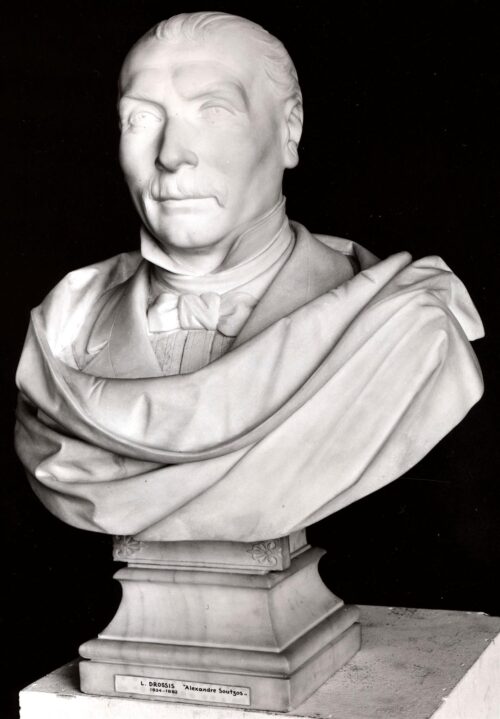
Drossis Leonidas (1834 - 1882)
Alexander Soutzos (the Elder)
He studied from 1847 until 1855 at the School of Arts under Christian Siegel; on government scholarship in 1856 he went to Munich, where he studied under Max Widnmann until 1859. There, he met the Greek baron Simon Sinas, who financially supported him in order to continue his studies and later commissioned major works, such as the sculptural decoration of the Academy of Athens. In 1859, he enrolled in the Dresden Academy of Fine Arts, where he studied with Ernst Hahnel. Then he travelled to Vienna, Paris and London, and ended up in Rome, where he established a studio with several assistants. In 1868, he accepted an invitation to teach at the School of Arts and within the same year returned to Greece. His creative career came to a premature end, as he died at the age of 48.
His exhibition activity includes important international exhibitions, such as the Paris International Exhibitions in 1867 and 1878, in the first of which he received the silver award, the 1873 Vienna International Exhibition, in which he was honoured with the arts medal, and the Athens Olympia exhibition in 1870.
His studies in Munich and Dresden, his travels in European cities and his stay in Rome, all brought him into direct contact with European neoclassicism, of which he became the most consistent Greek exponent, and provided him with a wealth of inspiring models. His subject matter includes allegorical and mythological themes, statues and busts. Already in the earliest compositions of his academic years, he proved his skill in the treatment of marble and fluency in the neoclassicist language. Smooth white surfaces, idealism and idealisation, stark outlines, clarity of articulation in individual parts and masterful folds, obsession with detail and an impeccable technique constitute the main characteristics of his sculpture. Yet, adherence to his models leads to a lack of life – a fact more often to be noticed in his mythology figures. His work and teaching influenced a great number of later sculptors.

Alexander Soutzos (the Elder)
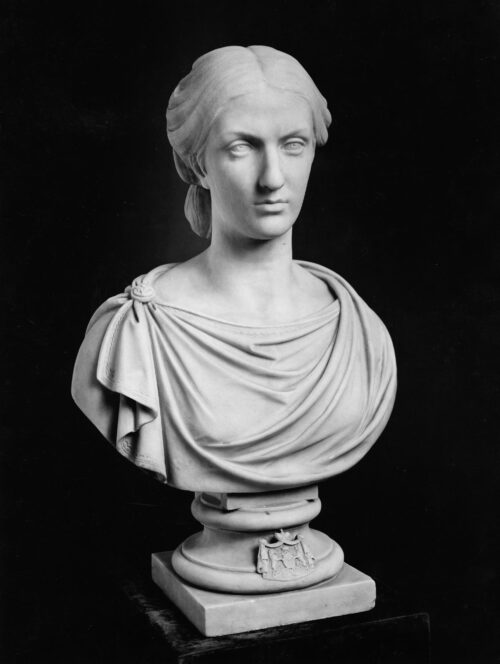
Irini Mavrokordatou, [after 1864]
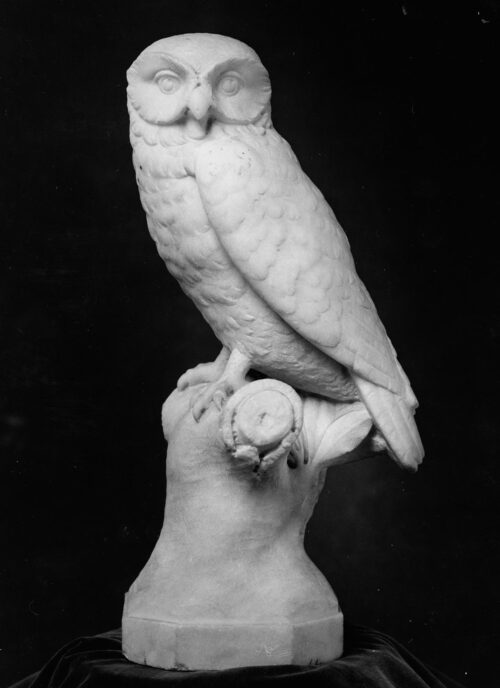
Owl, [1870 - 1875]
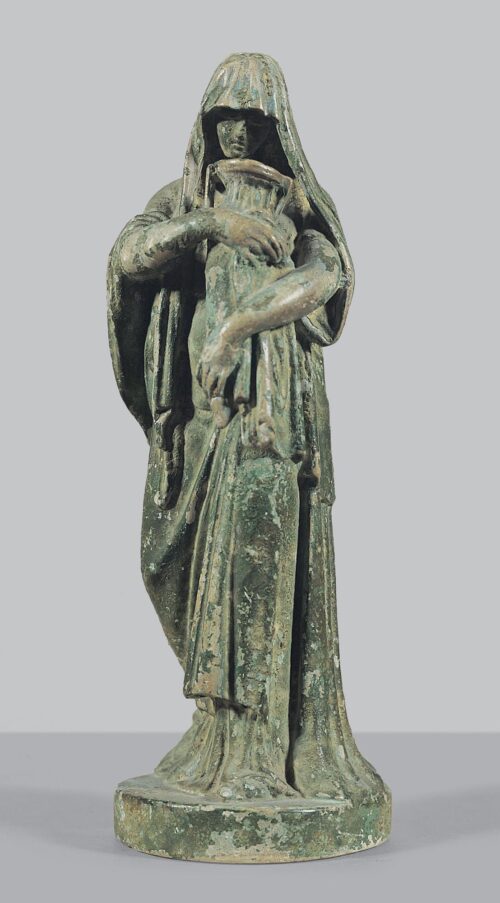
Funeral Figure, [1870]
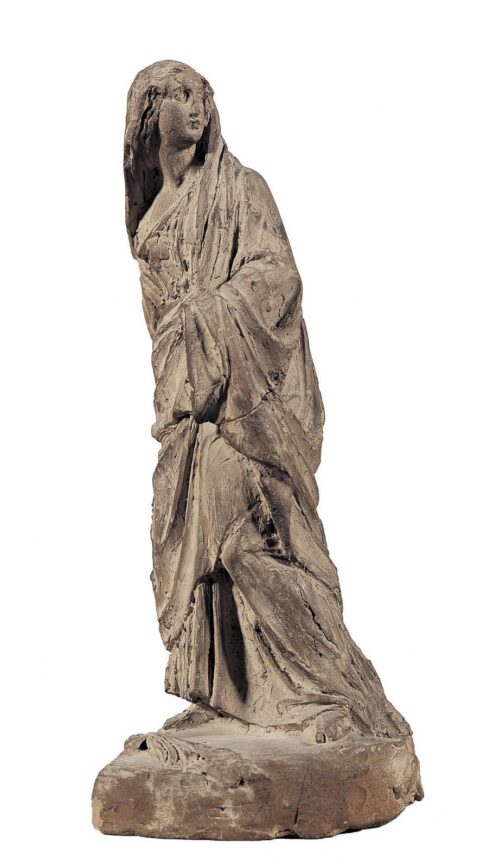
Female Figure, [1870]

The Birth of Athena (model for the pediment of the Athens Academy), [1868 - 1870]
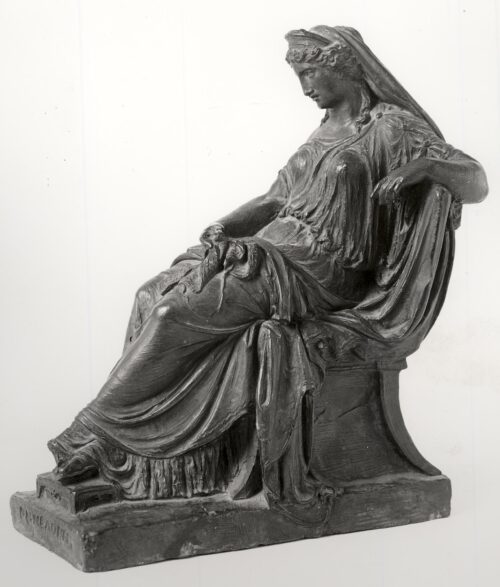
Penelope, 1864
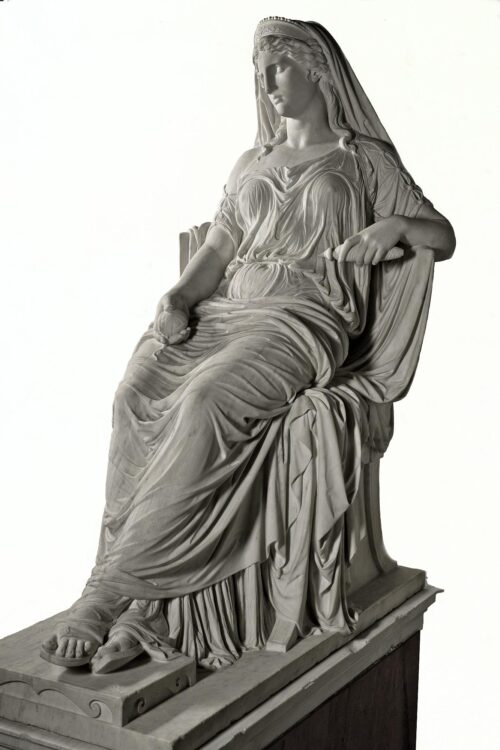
Penelope, 1873

We use cookies to make our site work properly, to personalize content and ads, to provide social media features and to analyze our traffic. We also share information about how you use our site with our social media, advertising and analytics partners. Read the Cookies Policy.
These cookies are necessary for the website to function and cannot be switched off in our systems. They are usually only set in response to actions made by you which amount to a request for services, such as setting your privacy preferences, logging in or filling in forms. You can set your browser to block or alert you about these cookies, but some parts of the site will not then work. These cookies do not store any personally identifiable information.
If you disable this cookie, we will not be able to save your preferences. This means that every time you visit this website you will need to enable or disable cookies again.
These cookies tell us about how you use the site and they help us to make it better. For example these cookies count the number of visitors to our website and see how visitors move around when they are using it. This helps us to improve the way our site works, for example, by ensuring that users find what they are looking for easily. Our website uses Google Analytics for statistics reporting.
Please enable Strictly Necessary Cookies first so that we can save your preferences!